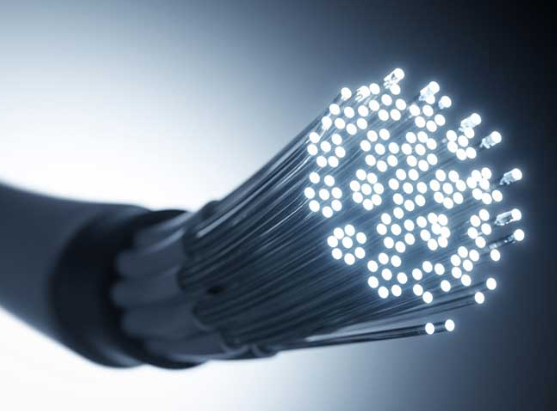Oufu Optical Fiber Cable Co., Ltd
Address: Shenyang, Liaoning, China.
Persona de contacto: Manador Zhang
Teléfono: 400-964-1314
Teléfono móbil: 86 13904053308
?
2024-04-23 2037
An Insight into the Differences and Applications of Various Types of Fiber Optic CablesWww.Addresscable.cn
In today's rapidly developing information technology era, Cable de fiber opticos have become an essential medium for data transmission, with an increasing diversity of types and application scenarios. This article aims to provide a detailed analysis of different types of Cable de fiber opticos, helping you gain a deeper understanding of their differences and suitable uses.
Www.Addresscable.cn

Firstly, let's explore the basic components of Cable de fiber opticos. Fiber optic cables primarily consist of three parts: the core, cladding, and jacket. The core, the heart of the Cable de fiber optico, is responsible for transmitting optical signals. The cladding, which surrounds the core, serves to protect the core and confine the optical signals. The jacket, the outermost protective layer, ensures the stable operation of the Cable de fiber optico even in harsh environments.
Among the classifications of Cable de fiber opticos, the most common are single-mode and multi-mode fibers. Single-mode fibers have a smaller core diameter, capable of transmitting a single mode of optical signals. They excel in transmission speed, bandwidth, and low attenuation, making them suitable for long-distance, high-speed data transmission. On the other hand, multi-mode fibers have a larger core diameter, capable of transmitting multiple modes of optical signals. They are relatively cost-effective and suitable for short-distance, low-speed network applications.
Apart from classification based on transmission modes, Cable de fiber opticos can also be categorized according to materials, structures, and other factors. For instance, based on materials, Cable de fiber opticos can be divided into silica fibers and plastic fibers. In terms of structure, they can be classified as tight-buffered and loose-tube fibers. These different types of Cable de fiber opticos vary in performance, cost, and application scenarios, requiring careful selection based on actual needs.
Www.Addresscable.cn
When selecting Cable de fiber opticos, several factors need to be considered. Firstly, the transmission distance and rate requirements are crucial. Long-distance, high-speed data transmission often demands the use of single-mode fibers, while short-distance, low-speed network applications may opt for multi-mode fibers. Secondly, cost is a significant factor, as different types of Cable de fiber opticos vary in price, necessitating budget-based decisions. Additionally, reliability, ease of installation, and maintenance convenience are also factors to consider.
In conclusion, Cable de fiber opticos play a vital role in modern communication networks, with an ever-expanding range of types and application scenarios. By gaining a deeper understanding of the differences and characteristics of various Cable de fiber opticos, we can make informed choices that best suit our needs, ensuring stable and efficient data transmission. I hope this article provides valuable guidance and assistance in selecting and utilizing Cable de fiber opticos.